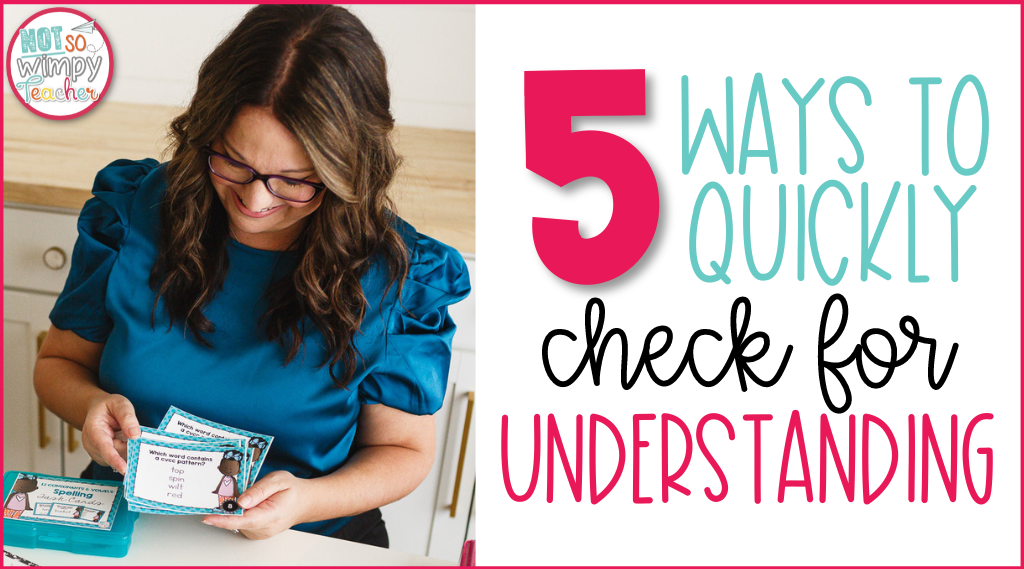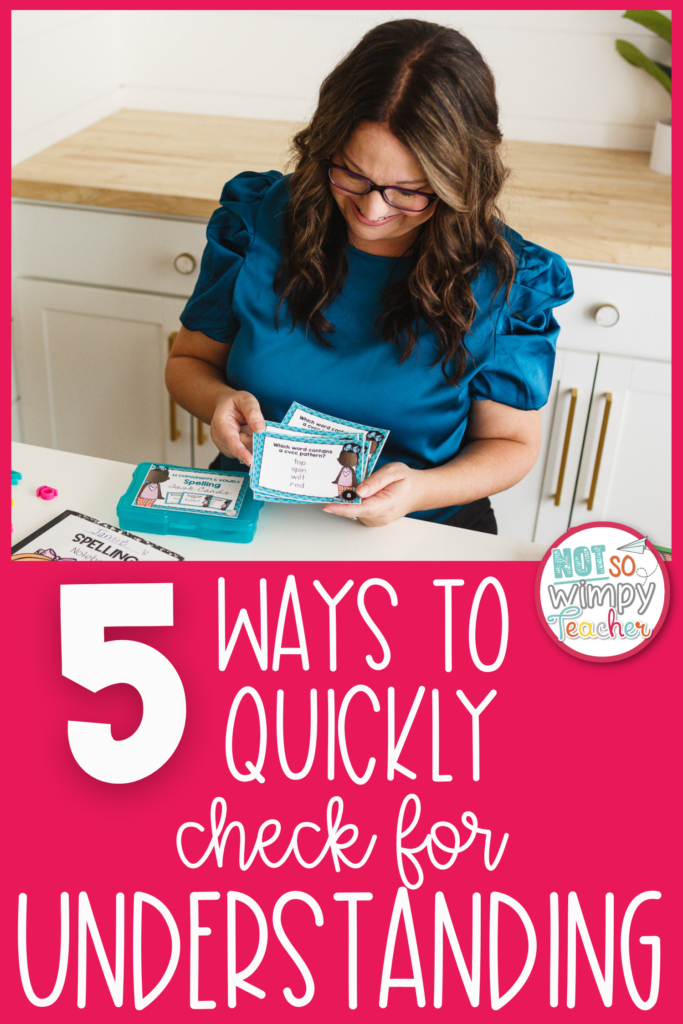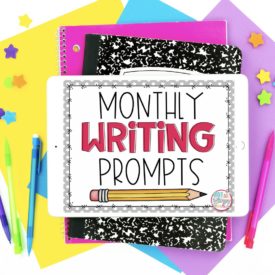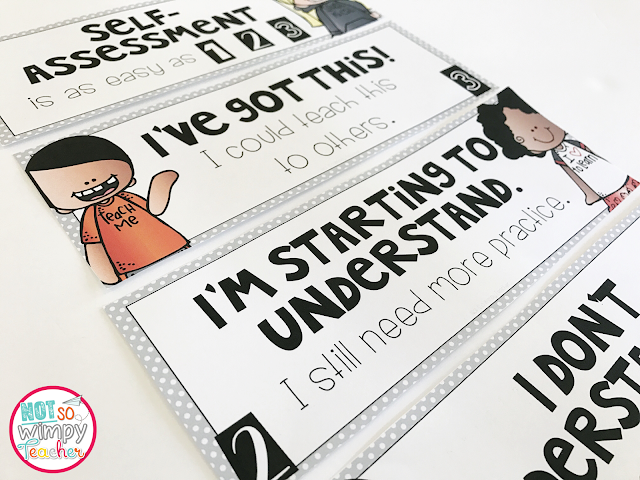
A lesson is not complete without checking for student understanding. If I do not check for understanding, I am unable to self-evaluate. Was the lesson effective? What should I change in the future? Also, without checking for understanding, I do not know which students need additional support and which students need enrichment.
I know that I need to check for understanding, but I do NOT have time to give and grade daily assessments! I want to share five different ways that I informally assess my kiddos. These activities are super quick but give me the information that I need to plan for future lessons.
1. Price of Admission
I love this activity! I laminated a piece of paper with the Price of Admission heading. The paper hangs just outside of my classroom.
Each morning, before my kids enter the room, I use an Expo marker to write a task. This works best with a task that does not have just one right answer. Here are some ideas:
- Name a fraction greater than one-half.
- Give a x9 fact with a product greater than 45.
- Give me an example of an adverb.
- Name one ingredient needed for photosynthesis.
- Give an example of an animal adaptation.
I tell my students that they cannot give the same answer as the person before them in line. You will also get more accurate data if you have the students whisper their answer. You can have students go to the back of the line if they get it incorrect. If you do this, make sure that it doesn’t seem like a punishment and let students know that everyone will get them wrong from time to time. Sometimes we all need a second chance!
Sometimes the price of admission can just be something fun that helps me to build relationships with my students and also provides a quick check for understanding.
- What did you have for dinner last night?
- What is your favorite board game?
- Would you rather ride a bike or roller blade?
Kids love these!
You can grab a free price of admission printable for your classroom! I included ten different variations, so I am sure you can find one that works for your classroom. Click HERE to download.

2. Exit Tickets
Exit tickets are just super short assessments. They usually only have a couple of questions and can be completed in five minutes or less. They should also be simple to grade and not involve reading extended response answers.
I do not sit down with a red pen to grade the exit tickets! As the students are turning them in, I am able to quickly check the answers. If they are all correct, they go in one pile. If they missed one, they go in another pile. And if they are completely off, they go in a third pile. Now I know if I need to teach the lesson again to the whole group or to a small group.
For math, I usually just display a couple problems from a homework or practice sheet. And for reading, I use THESE exit tickets. They are super simple to grade because they are multiple choice!
3. Whiteboards
I do whiteboard informal assessments as a check for understanding almost every single day! I love using whiteboards because I don’t need to photocopy anything, they require almost no planning or prep, and they take virtually no time!
In math, I can display one problem on the board. Students solve the problem on their whiteboards. I can walk around and take note of students who need additional support. Then, I can complete the problem in front of the class and ask them to share the steps that I used to solve with their partner. This helps students to quickly correct their mistakes.
In grammar, I can write a sentence on my board and have students identify the adverb on their board. I can write a list of three verbs and ask students to write the past tense of the verbs on their boards. They can hold their boards up and I am able to quickly see who needs extra help.
In the picture above, my students were asked to write the plural form of the noun “die.”
I highly recommend investing in a set of whiteboards. THESE are the ones that I have. If you truly cannot afford whiteboards, put white card stock in page protectors. They are not as durable, and you should plan on replacing the page protector every couple of months. But it works!
4. Line Up with Task Cards
This is the perfect informal assessment for when you unexpectedly have an extra five minutes before lunch or dismissal. Instead of just letting the kids run to get in line, they have to answer a question to earn their spot in line.
I keep a few sets of task cards handy. I stand in front of one student and show them a task card. If they answer correctly, they line up. If they are incorrect, I give them the card and they work on it at their desk until I have gone around the room once. Then I come back to any students that are still working on their card. If they get it right on their second chance, I give praise, and they line up.
If they are still struggling, I thank them for trying so hard and promise to help them later. Make sure your students know that it is ok to not know everything! It is ok to ask for help!
5. Self-Assessment
Sometimes you just need to ask students how they feel about a lesson or skill. Have them grab a piece of scrap paper and write their name on it along with one of the following numbers:
1 – I’ve got this! I could teach it to others.
2 – I’m starting to understand. I need more practice.
3 – I don’t understand YET. I need help.
Tell students how important it is for them to be honest. If they aren’t honest, you won’t know that they need assistance.
Also, promise them that the info will stay between you and them. Their classmates won’t see the self-assessment. I also think that it is important to go over what each level means and give examples before you ask students to do a self-assessment.
Once students know how to self-assess, I think you will be pleasantly surprised by how much you can learn by just asking!

Have a Not So Wimpy Day,






















 End of Year Carnival Week for grades 2-5!
End of Year Carnival Week for grades 2-5!
Leave a Comment